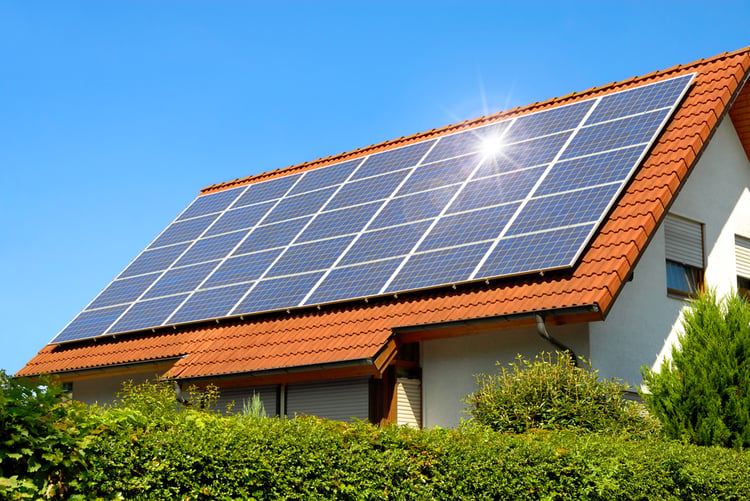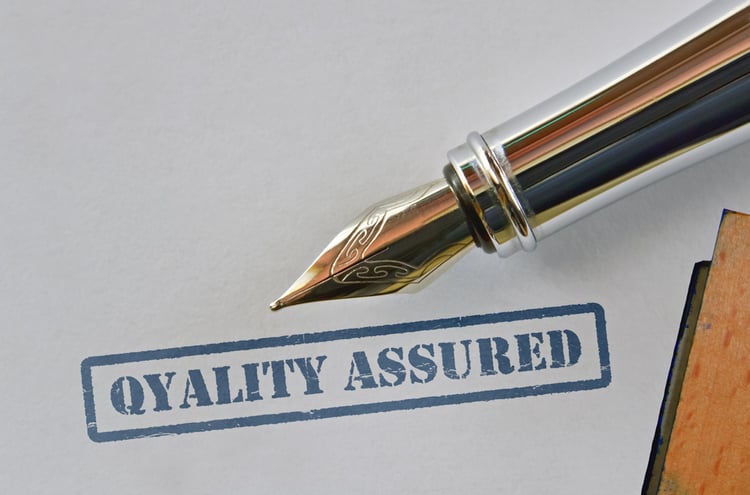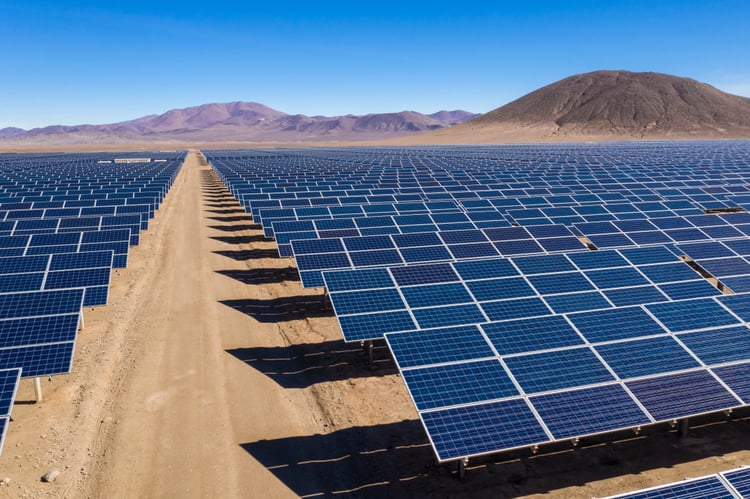Top 3 Solar Panel Design Specifications to Know Before You Buy

Introduction
The transition to renewable energy sources has made solar power a popular choice for residential, commercial, and industrial projects. However, with so many options available, understanding solar panel specifications is essential. For architects, solar developers, real estate professionals, and contractors, knowing how to read and evaluate these specifications is critical to selecting the right panels for each project. This blog highlights the top solar panel design specifications—efficiency, wattage, and temperature coefficient—to help you make informed purchasing decisions.
How to Read a Solar Panel Specification Sheet
A solar panel specification sheet provides detailed insights into a panel's performance under standard test conditions (STC). At first glance, it might seem overwhelming to interpret all the technical information, but understanding the key sections can greatly simplify the process.
Here are the critical elements to look for on a specification sheet:
- Efficiency: Indicates the ratio of usable electricity generated by the panel compared to sunlight energy hitting the panel. Represented as a percentage, higher efficiency translates to better performance.
- Wattage (Power Output): Reflects the maximum electricity the panel can produce under optimal conditions. Measured in watts (W), this number is crucial for estimating energy production.
- Temperature Coefficient: Describes how changes in temperature affect the panel’s performance. Negative values indicate that efficiency drops as the temperature rises.
By focusing on these attributes, you can assess if a solar panel aligns with your project's energy needs and environmental factors.
Solar Panel Specification
If you’re interested in solar power for your home or business, you might be asking yourself which solar panels to use. Fortunately, there are many excellent brands in the market, and you can’t go wrong if you hire an NABCEP Accredited PV Installation Company. However, it’s useful to know the main specifications of solar panels when comparing them.
Reduce your building's energy bills and carbon footprint with solar power.
1) Understanding the Rated Wattage of Solar Panels

The wattage of a solar panel is the electricity output produced under Standard Test Conditions: solar cell temperature of 25°C, solar irradiance of 1,000 watts per square meter, and 1.5 air mass.
(As a side note, the air mass describes the distance traveled by sunlight, between the point where it enters the Earth’s atmosphere and the solar panel location. This depends on the sun’s position in the sky, which in turn depends on your geographic location and the time of the day.)
Keep in mind that the rated wattage of solar panels is measured under controlled laboratory conditions. A rooftop installation only gets maximum sunshine for a few hours around noon, and the actual wattage will be different from the nameplate value. However, solar panels with higher wattage will produce more kilowatt-hours per year.
The efficiency of solar panels describes how much sunlight is converted into electricity. For example, if a solar panel has an area of 1.6 m2 and the solar irradiation is 1,000 W/m2, it gets 1,600 W of sunlight. If the electricity output is 355 W under these conditions, the solar panel is 22% efficient. The best polycrystalline panels have typical efficiency values close to 17%, while the best monocrystalline panels are now above 22%.
Solar panel efficiency ratings may seem low, but keep in mind you’re using a free energy input that produces no emissions. Fossil fuel power plants are technically “more efficient” than solar panels, but their energy inputs have a cost while producing emissions.
2) Solar Panel Warranties

Solar panel manufacturers offer two types of warranties, a product warranty and a power output warranty, each with a different coverage period. Having a solid warranty is important, since it ensures a free replacement if any of your panels fail prematurely. However, getting a professional installation is equally important, or otherwise the warranty may be voided.
The product warranty is like any other warranty you get with electronic devices. If any of your solar panels malfunction within the coverage period, the manufacturer will give you free replacements. A 10-12 year product warranty is standard in the solar industry, but you can get warranties of up to 25 years depending on the brand and model.
The power output warranty is also known as the performance warranty, and it’s a bit more complex than the product warranty. However, it can be summarized in the following points:
- Solar panels degrade over time like any product, and their electricity production decreases slowly. Leading manufacturers will normally specify 2-3% degradation on year one, and then 0.50% or less per year.
- Let’s assume the specifications of your solar panels indicate a 3% loss on year one and then 0.50% per year. They will have at least 92.5% of their initial capacity after 10 years, and 85% of their initial capacity after 25 years.
- If your solar panels degrade faster than the specified rate, the power output warranty applies and you can get replacements.
Solar panel manufacturers normally offer a 25-30 year power output warranty. Using the example above, this warranty would apply if your solar panels have dropped to 85% capacity after 10 years, since they should still have 92.5% of their initial capacity according to specifications. However, the warranty claim would not apply if the solar panels still have 93% capacity after 10 years, since it’s above the specified value.
3) Solar Panel Temperature Coefficient

As the temperature of solar cells increases, their electricity output decreases. However, this effect is not equal among all brands and models. To get an idea of how temperature will affect your solar panels, you can look for the temperature coefficient, which is measured in percentage loss per Celsius degree. Keep in mind that the temperature rise is calculated with respect to 25°C, which is part of the Standard Test Conditions.
For example, a solar panel with a temperature coefficient of -0.50% per °C would lose 10% productivity with a temperature rise of 20°C. However, a solar panel with a coefficient of -0.26% per °C only loses 5.2% of its productivity with the same temperature rise.
Standard Solar Panel Size
60-Cell Solar Panels -
The standard solar panel size, the 60-cell is structured as a 6×10 grid and measures 3.25 feet by 5.5 feet.
72-Cell Solar Panels -
The average 72-cell solar panel size measures 3.25 feet by 6.42 feet and is laid out as a 6 x 12 grid, making them almost a foot taller than the 60-cell standard size panels. Given their large physical size, 72-cell solar panels may be awkward to carry, which is why two people are often required for installation.
96-Cell Solar Panels -
The 96-cell panel possesses an 8 x 12 grid structure that measures 41.5 inches by 62.6 inches.
144-Cell Solar Panels -
A 144-cell solar panel has a half-cut grid structure and can have dimensions of 89.60 inches by 44.72 inches by 1.37 inches.
Solar Panel Size Chart
| Solar Design | Width | Height | Depth |
|---|---|---|---|
| 60-cell | 39” | 66” | 1.3” – 1.6” |
| 72-cell | 39” | 77” | 1.3” – 1.6” |
| 96-cell | 41.5” | 62.6” | 1.38” |
| 144-cell | 89.72” | 44.64” | 1.38” |
Solar Power Calculation Formula
| Solar Panel Examples – (Calculated 480 watts per solar panel) | ||
|---|---|---|
| System Size | Panels Required | Average Annual Production |
| 5 kW | 11 | 7,300 kWh |
| 10 kW | 21 | 14,400 kWh |
| 15 kW | 31 | 21,900 kWh |
| 20 kW | 42 | 28,800 kWh |
Key Factors Influencing Solar Panel Performance
Solar panel performance is determined by multiple factors, both environmental and structural. Understanding these factors will help inform effective solar panel design and installation strategies.
Sunlight Intensity
The availability of sunlight directly affects how much energy a solar panel can generate. Locations with higher solar irradiance yield greater energy production, making proper site selection critical.
Angle and Orientation
For maximum efficiency, solar panels must be angled and oriented toward the sun. This ensures optimal light absorption, which can significantly increase electricity output.
Shading
Even partial shading from nearby trees, buildings, or other obstructions can drastically reduce the panel’s energy production. Proper shading analysis should be carried out during the design phase.
Temperature
Solar panels perform better in cooler weather. Higher temperatures can reduce power output, as indicated by the temperature coefficient on the specification sheet. This is an important factor for projects in warmer climates.
Panel Efficiency
The efficiency of a solar panel determines how much energy it can generate per square meter. High-efficiency panels are ideal for projects with limited installation space.
System Losses
Energy losses may occur due to wiring resistance, inverter inefficiencies, or system design issues. Minimizing these losses through careful planning and high-quality components ensures maximum energy delivery.
Weather Conditions
Weather patterns such as cloud cover or heavy rain impact available sunlight. While solar panels still generate some energy in cloudy conditions, output will generally be lower.
Panel Age and Condition
Like most technologies, solar panels degrade over time. Regular maintenance ensures they continue delivering optimal performance throughout their lifespan.
Conclusion
Selecting the right solar panels is only part of the equation; efficient design and seamless integration are equally important for your project's success. At NY Engineers, we specialize in innovative and tailored solar panel design solutions that maximize energy production while ensuring cost-efficiency. Whether you’re an architect looking for the ideal system layout, or a developer aiming to improve ROI, our expertise guarantees results.
Contact us today to learn how NY Engineers can optimize your solar energy systems. Visit NY Engineers Contact to schedule a consultation with our team of experts.

Michael Tobias
Michael Tobias, the Founding Principal of NY Engineers, currently leads a team of 150+ MEP/FP engineers and has led over 4,000 projects in the US
Join 15,000+ Fellow Architects and Contractors
Get expert engineering tips straight to your inbox. Subscribe to the NY Engineers Blog below.

